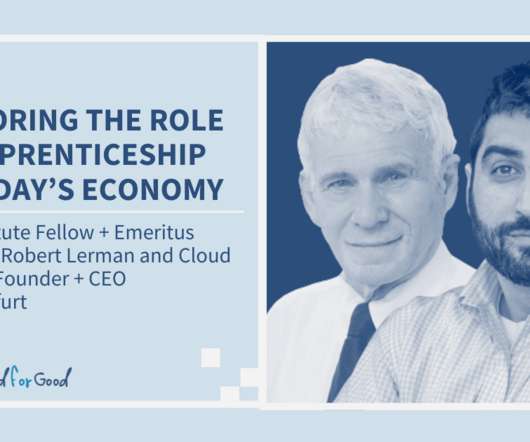The Difference between Training and Development.
Gyrus
MAY 17, 2016
The words training and development are mostly used together in the corporate world and are seen as activities focused on improving the knowledge, performance and productivity of the employees. However, there is a distinct difference between their meanings and implications, which are often overlooked by a majority of professionals.



















































Let's personalize your content